Policing Protests to Protect Constitutional Rights and Public Safety
Overview
The right to engage in peaceful demonstration is a cornerstone of American democracy. Yet sometimes police fail to strike the right balance, approaching demonstrations as a threat to public safety, rather than as an expression of constitutionally protected rights. This results in bad outcomes, for protestors and for police.
The Policing Project’s new guidance provides an overview of how to police demonstrations to protect public safety and democratic freedoms. Drawn largely from what policing leaders themselves have identified as best practices as well as evidence-based research, we outline a clear approach that emphasizes transparent communication, de-escalation, and a healthy relationship between police and the communities they serve.
Key TakeAways
1). The actions of police at demonstrations should be guided by a written policy that emphasizes free expression, public safety, and de-escalation. Officers should be trained on their role as the facilitators of peaceful demonstrations.
2). An unnecessarily militarized presence or aggressive response should be avoided, and the level of engagement always should be in proportion to actual—not assumed or forecasted—conditions on the ground. Mass surveillance of protestors should be banned.
3). Policing agencies should communicate transparently with the public both during and after the event. This includes facilitating the work of journalists and legal observers, and engaging in comprehensive after-action review that includes protestor feedback for large demonstrations or those that resulted in use of force.



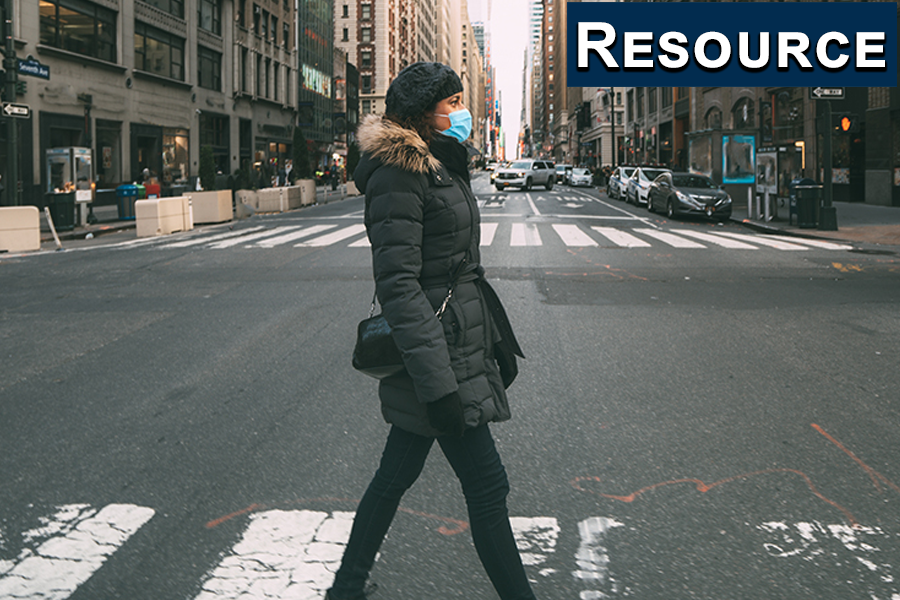
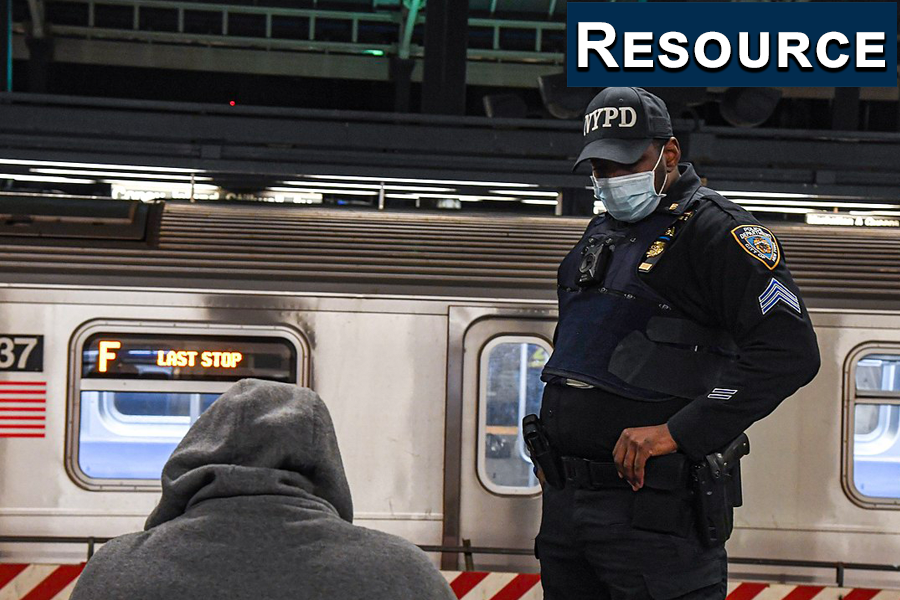
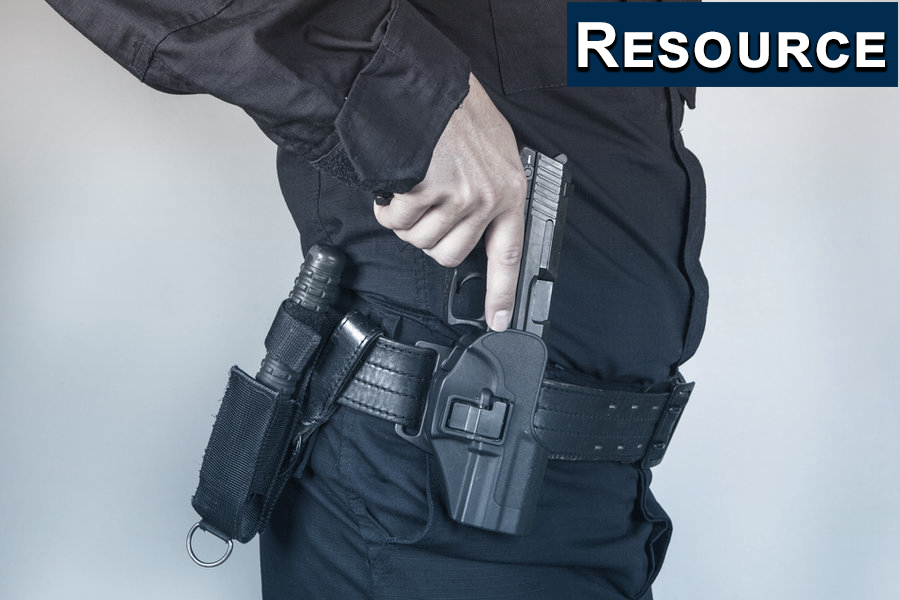
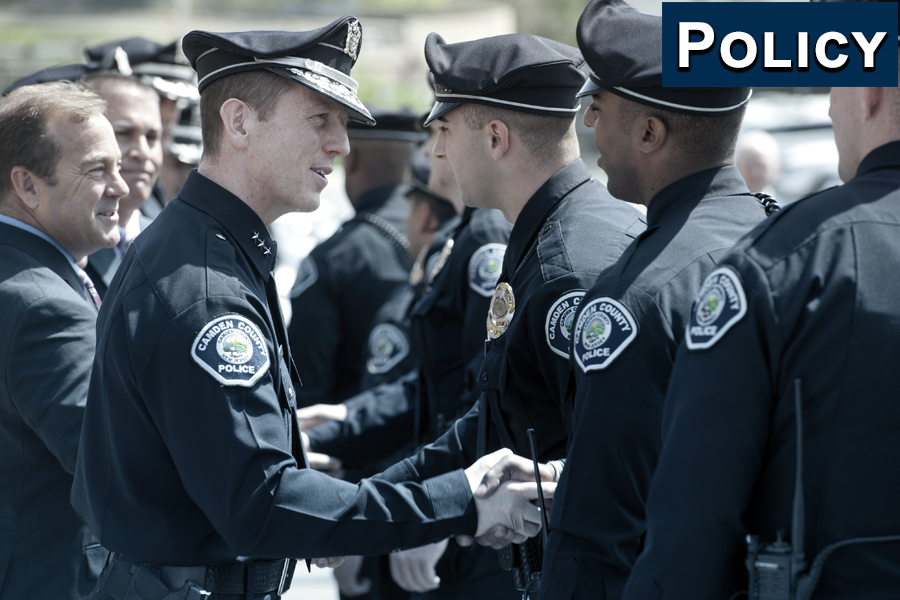
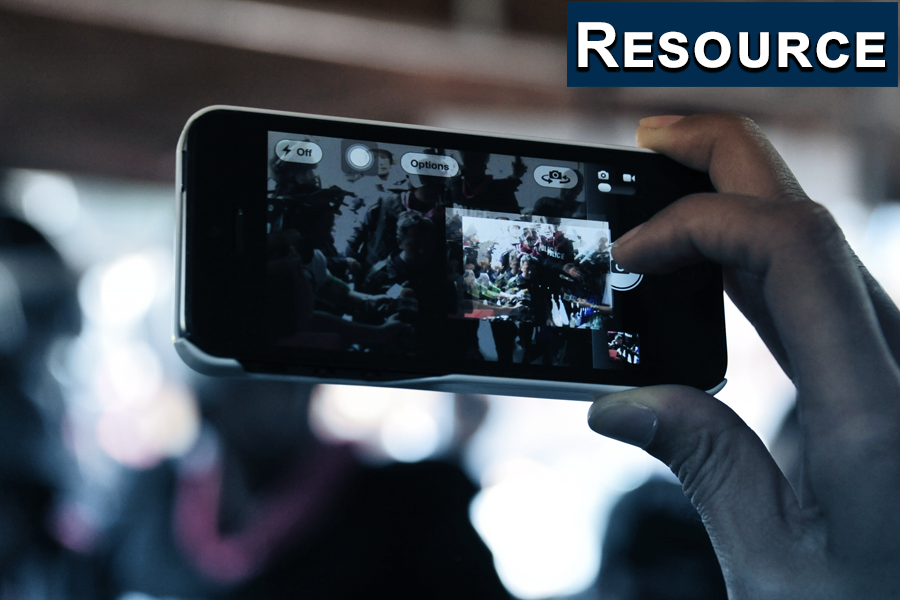
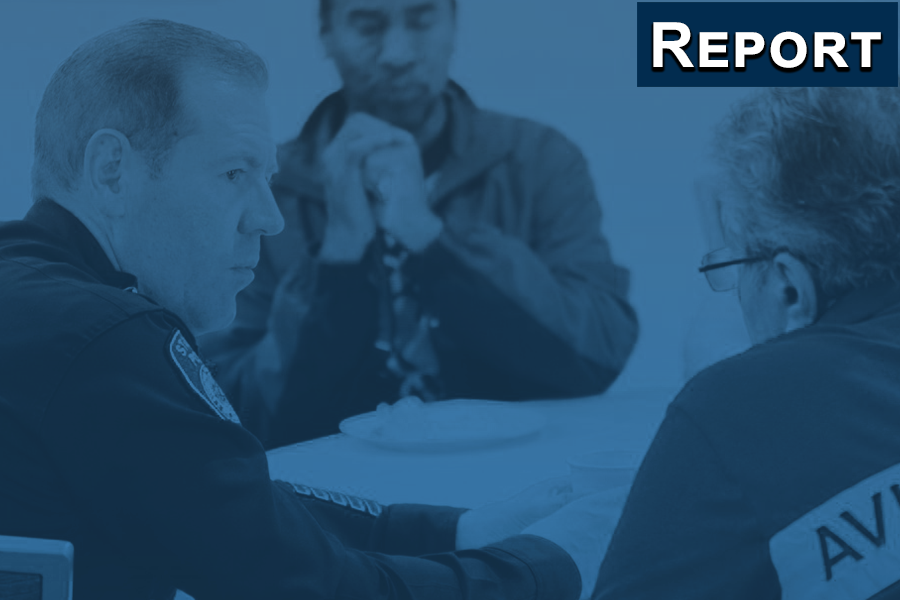
Face Recognition Technology